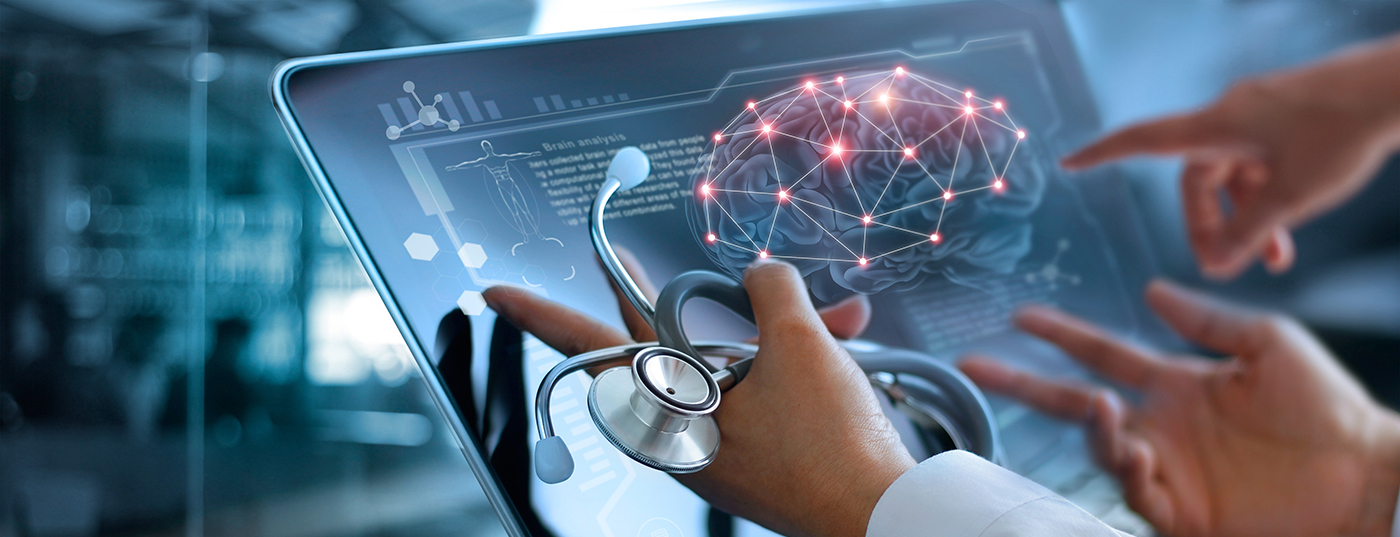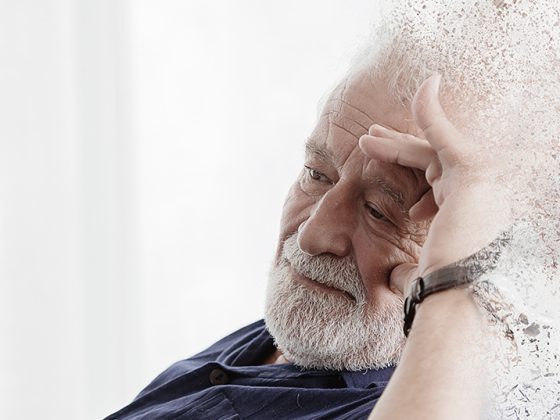Neurological manifestations and complications of COVID-19 require rapid diagnosis and therapy as an emergency indication. The updated guideline of the German Society of Neurology (DGN), Berlin, “Neurological manifestations in COVID-19” [1] provides clear instructions on the procedure in outpatient and inpatient treatment. Recommendations for patients with chronic neurologic disease with and without COVID-19 are also included. Newly included are chapters on post-COVID syndrome and SARS-CoV-2 vaccination.
In August 2020, the first publication of the guideline on the diagnosis and therapy of “Neurological Manifestations in COVID-19” appeared, whose update of more than 100 pages has now been published today, again under the leadership of Prof. Dr. Peter Berlit, Berlin (development stage S1, Living Guideline – version 3 [1]). It is published by the German Society of Neurology (DGN) in cooperation with the German Society of NeuroIntensive and Emergency Medicine (DGNI), the German Society of Neurorehabilitation (DGNR) and the German Society of Otolaryngology, Head and Neck Surgery (DGHNO-KHC).
The S1 guideline is aimed at all those treating COVID-19 sufferers and at all other professional groups involved in their care. Included are recommendations for action in outpatient and inpatient settings for neurologic COVID-19- manifestations and for chronic neurologic patients with and without SARS-CoV-2 infection. All topics of the guideline were revised and partially expanded. New features include chapters on post-COVID syndrome and managing potential complications after SARS-CoV-2 vaccination.
Long- and post-COVID-19 syndrome
If symptoms persist for more than four weeks after the COVID-19 acute phase, it is called Long-COVID. A specific clinical picture is the post-COVID syndrome, in which neurological symptoms such as memory impairment, fatigue, olfactory and gustatory disturbances, headache, myalgias, and/or neuropathies often persist more than three months after infection. The occurrence seems to be independent of the severity of the acute infection. In post-COVID patients, a comprehensive diagnosis should always be made in order to clarify the pathogenesis and to delineate causative other neurological disease patterns. The pathogenesis has not yet been conclusively clarified. Several hypotheses are being investigated, ranging from persistent inflammatory processes to virus-triggered immune-mediated mechanisms. If there is evidence of an autoimmune event, immunomodulatory treatment is possible; overall, an interdisciplinary approach is recommended.
COVID-19 vaccinations
In principle, vaccination to protect against COVID-19 is also, or especially, recommended in the case of pre-existing neurological diseases – it is also useful and safe under ongoing immunotherapy (such as in multiple sclerosis). For certain immunosuppressants, the current version of the guidelines suggests appropriate vaccination strategies (e.g., shorter vaccination intervals).
Overall, billions of vaccinations against COVID-19 have been given to date, and aside from the typical nonspecific vaccine reactions on the first two days, the mRNA and vector vaccines have few side effects. Neurologic or neuromuscular side effects or complications are very rarely described in association with COVID-19 vaccination. These include facial paresis or Guillain-Barré syndrome.
A special feature is the so-called vaccine-induced immune thrombotic thrombocytopenia (VITT), which very rarely occurs after administration of vector vaccines and can lead to cerebral vein (or sinus) thrombosis. The risk is about ten times higher than with mRNA vaccines, but much lower than the likelihood of developing thrombosis from COVID-19 disease. Timely therapy of VITT can prevent cerebral venous thrombosis; clinically indicative are severe headache, and a decreased platelet count (as well as specific platelet factor 4 antibodies).
“We are very pleased to be able to provide this guideline to all colleagues treating neurologically symptomatic COVID-19 patients, especially since many aspects of SARS-CoV-2 infection are new and differ from previous neuroinfectious experience,” said Prof. Dr. Peter Berlit, Secretary General of the DGN, Berlin. “For many affected persons with chronic neurological diseases, it is important to know the facts about COVID-19 disease, for example, that there is no generally increased risk of SARS-CoV-2 infection in almost all preexisting neuroimmunological and neuromuscular diseases if basic hygiene and clearance rules are followed. In addition, it is important for us to emphasize that neurological patients undergoing immunotherapies also benefit from vaccination; here, there are still many reservations and uncertainties on the part of those affected and their caregivers.”
Literature
[1] Berlit P. et al, Neurological manifestations, S1 guideline, 2021, in: German Society of Neurology (ed.), Guidelines for diagnosis and therapy in neurology. Online: www.dgn.org/leitlinien (accessed Dec. 20, 2021).
https://dgn.org/leitlinien/neurologische-manifestationen-bei-covid-19/
Original publication:
https://dgn.org/leitlinien/neurologische-manifestationen-bei-covid-19











